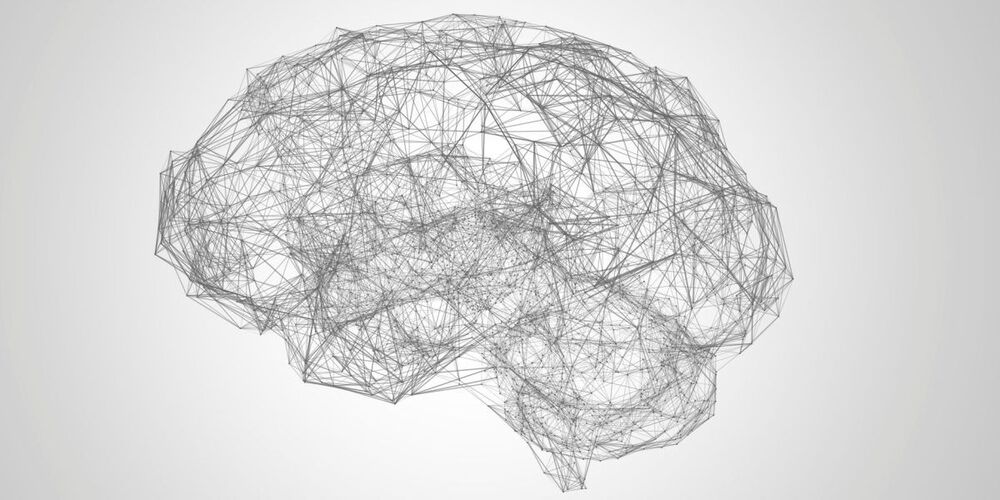Not everything will die.
“Within the first few hours after the impact, it really quickly turns the Earth into this horrible scorched hellscape.”



Perovskite solar cells are advancing at a rapid rate, and is drawing interest from scientists working to not just boost their performance but better understand how they offer such incredible, ever-increasing efficiencies. By turning their tools to perovskite crystals scientists have discovered unexpected behavior that represents an entirely new state of matter, which they say can help drive the development of advanced solar cells and other optical and electronic devices.
One of the reasons there is such interest around perovskite solar cells is the counter-intuitive way they are able to offer such excellent performance in spite of defects in their crystal structure. While much research focuses on fixing these defects to boost their efficiency, through chemical treatments, molecular glue or even sprinklings of chili compounds, the fact remains that the material is a far more effective semiconductor than it should be.
“Historically, people have been using bulk semiconductors that are perfect crystals,” says senior author Patanjali Kambhampati, an associate professor in the Department of Chemistry at McGill University. “And now, all of a sudden, this imperfect, soft crystal starts to work for semiconductor applications, from photovoltaics to LEDs. That’s the starting point for our research: how can something that’s defective work in a perfect way?”
In the concrete jungle of Singapore, some people are ditching the comforts of the air-conditioned offices and opting to get their hands dirty instead. CNBC’s Nessa Anwar meets some of the trailblazers marrying traditional jobs with technology.
–
Like our Facebook page:
https://www.facebook.com/cnbcinternational.
Follow us on Instagram:
https://www.instagram.com/cnbcinternational/
Follow us on Twitter:
Tweets by CNBCi
Deep-learning expert weighs in on getting to AGI, assessing algorithmic intelligence, autonomous vehicles,” “Mark Ryan is a Data Science Manager at Intact Insurance and the author of the recently-released “Deep Learning with Structured Data”. He holds a Masters degree in Computer Science from the University of Toronto, and is interested in chatbots and natural language processing.


Marek Rosa, a Slovakian entrepreneur and computer programmer, founded GoodAI, a company dedicated to the research and development of general artificial intelligence (AGI). In 2017, he founded the General AI Challenge, pledging $5 million in prize money to tackle critical research problems in “human-level” AI development.
GoodAI, an organization founded by Slovakian entrepreneur Marek Rosa, aims to solve fundamental challenges in AI.


The Israeli military is calling Operation Guardian of the Walls the first artificial-intelligence war. the IDF established an advanced AI technological platform that centralized all data on terrorist groups in the Gaza Strip onto one system that enabled the analysis and extraction of the intelligence.
The IDF used artificial intelligence and supercomputing during the last conflict with Hamas in the Gaza Strip.
What is time? What is humankind’s role in the universe? What is the meaning of life? For much of human history, these questions have been the province of religion and philosophy. What answers can science provide?
In this talk, Sean Carroll will share what physicists know, and don’t yet know, about the nature of time. He’ll argue that while the universe might not have purpose, we can create meaning and purpose through how we approach reality, and how we live our lives.
Sean Carroll is a Research Professor of theoretical physics at the California Institute of Technology, and an External Professor at the Santa Fe Institute. His research has focused on fundamental physics and cosmology, especially issues of dark matter, dark energy, spacetime symmetries, and the origin of the universe.
Recently, Carroll has worked on the foundations of quantum mechanics, the emergence of spacetime, and the evolution of entropy and complexity. Carroll is the author of Something Deeply Hidden, The Big Picture, The Particle at the End of the Universe amongst other books and hosts the Mindscape podcast.
“The Passage of Time and the Meaning of Life” was given on May 4, 02021 as part of Long Now’s Seminar series. The series was started in 02003 to build a compelling body of ideas about long-term thinking from some of the world’s leading thinkers. The Seminars take place in San Francisco and are curated and hosted by Stewart Brand. To follow the talks, you can:
Explore the full series: http://longnow.org/seminars.